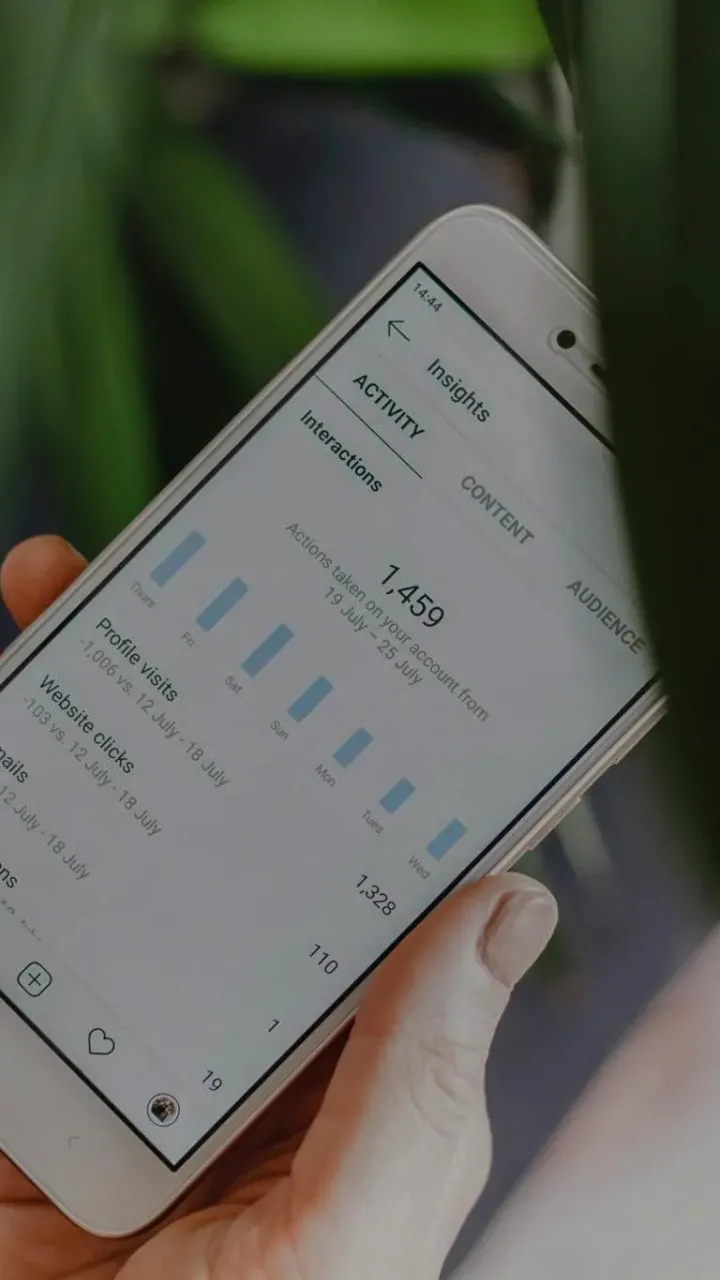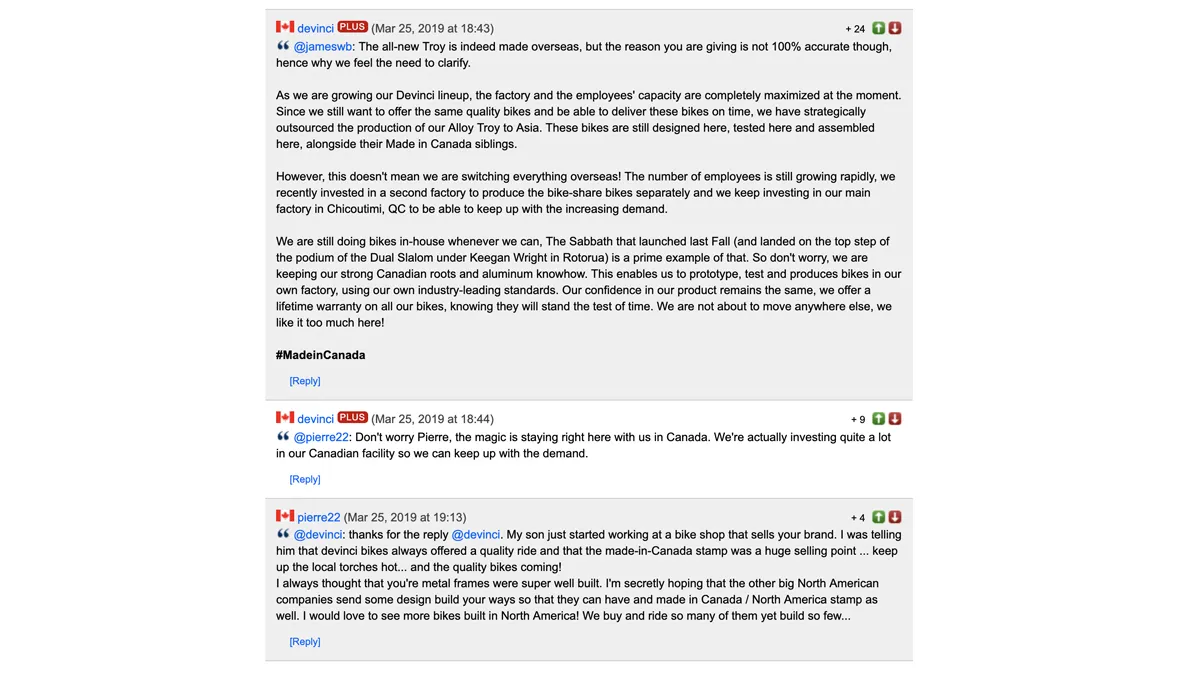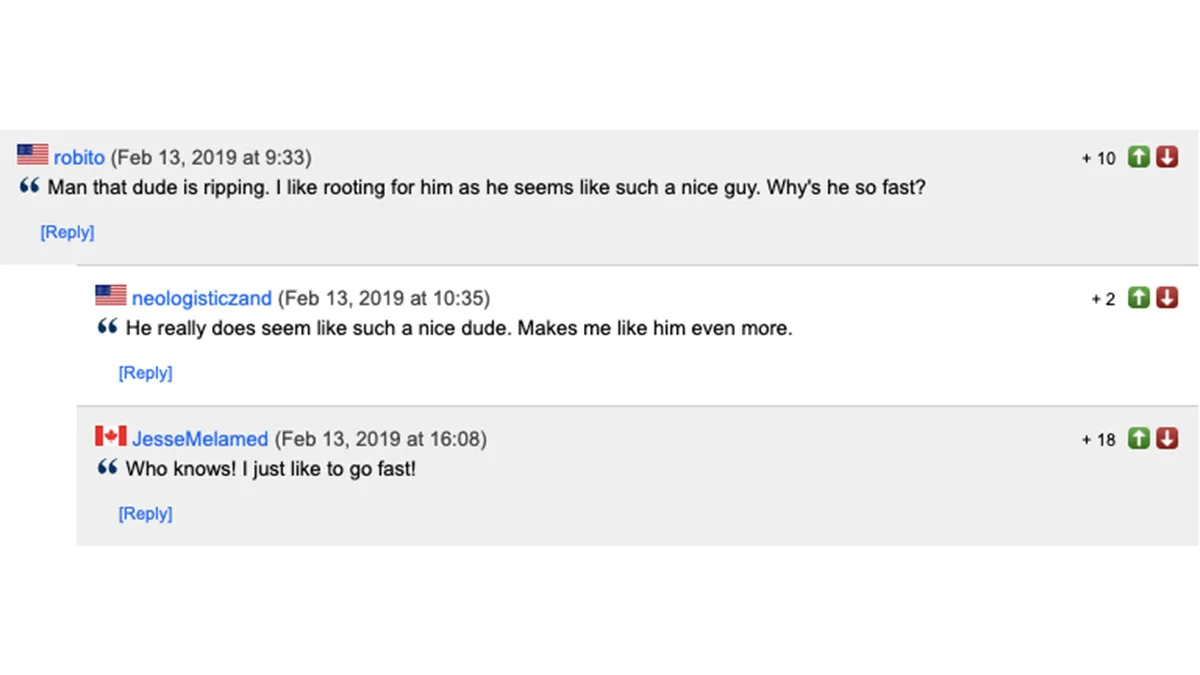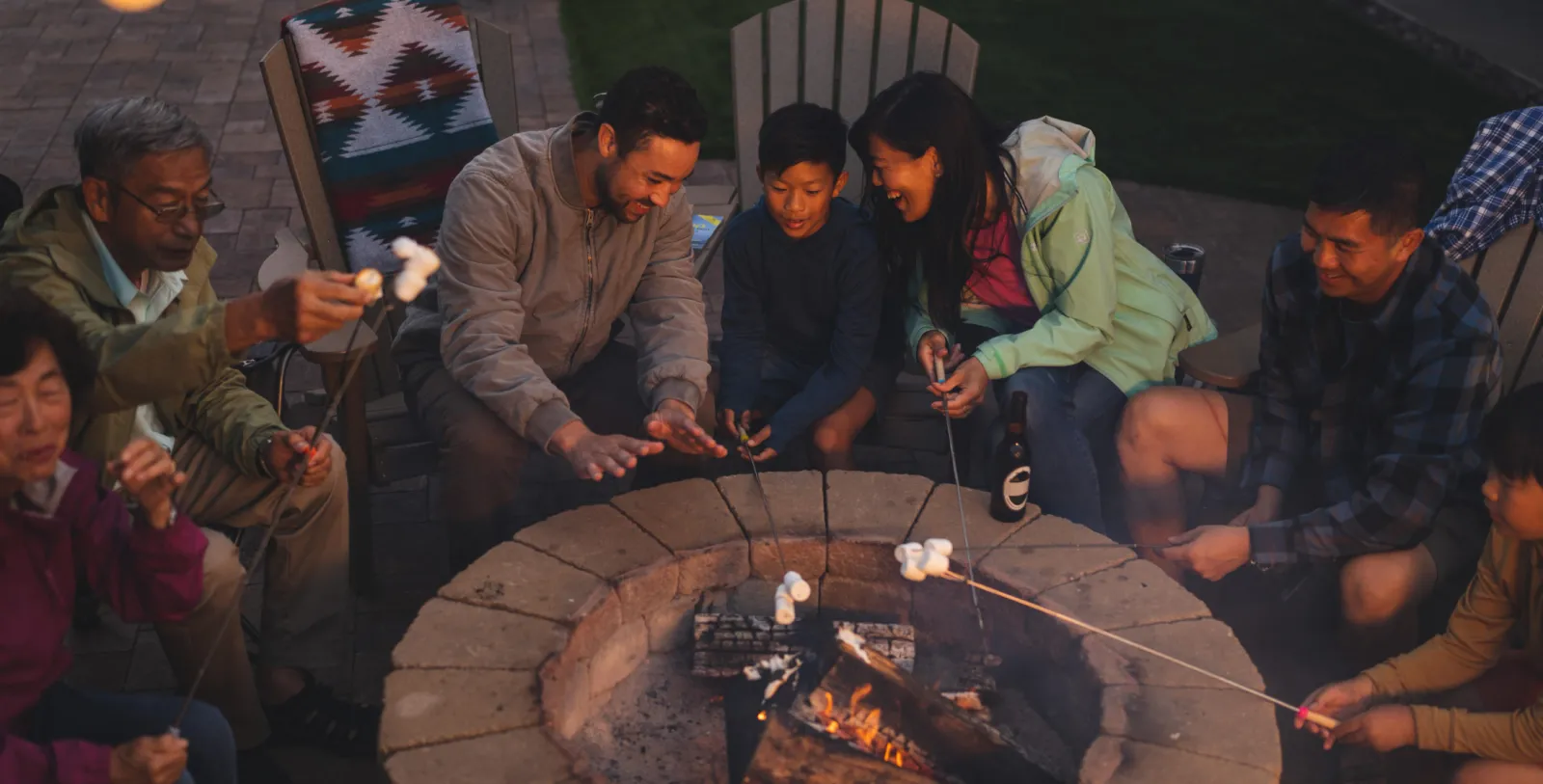Why community management is more important than ever
With information so readily accessible in this day and age, word travels fast. This means your brand’s image can go from hero to zero in a second and staying on top of what is going on in the great expanse of the internet is becoming fundamental to any effective marketing strategy. This is leading to more money is being spent on community management and engagement than ever, but little understanding of how to measure success. With that in mind, we dug into the importance of community management and how to measure its performance.
Consumers have never held so much power. With how quickly information gets moved around, brands have nowhere to hide their soft spots. Between Instagram comments, Facebook callouts, and forum threads, brands are being held to intense scrutiny every single second of the day. Mess up once and before you know it meme accounts with millions of followers will be pulling apart your brand image piece by piece.
In turn, more marketing budget is being put aside for building and managing online communities- a movement some decision makers are grappling to get onboard with. After all, how do you rationalize putting so much money into community management? When you’re running banner ads, it’s easy to see a tangible return on that investment. But how do you do the same for budget spent on less tangible endeavours such as community management?
Pinkbike - A Case Study in Effective Community Engagement
The mountain bike industry is unique in that, online, the vast majority of the community is centrally located on one single website: Pinkbike. The website is truly a crucible where gear nerds, dilettantes, pros, and brands mingle together and talk shop. Though most websites have a comment section, Pinkbike’s comment section really takes centerstage and becomes a jury of sorts in which brands get put on the stand daily. Here, they are scrutinized for being core enough, cool enough, and transparent enough; show even a fraction of insincerity to the community and your brand will get ripped to shreds in seconds.
Because of this, brands are beginning to take note of the importance of engaging with the Pinkbike community. By answering questions in the comments section and communicating with potential customers, they've begun to cultivate an image of being both trustworthy and authentic, which goes a long way in the bike industry.
Devinci bikes is a brand that has recently put in an effort to engage with its audience in Pinkbike comments. By doing so, they are providing candid and transparent commentary that addresses any potential brand image issues that may arise. They are showing that they truly do care about what is best for the biking community which is an important image to have in an often loud and opinionated industry.
Another way to approach community engagement is by activating brand ambassadors to chime in when appropriate. Jesse Melamed, as an athlete for Rocky Mountain Bikes and Raceface, does a fantastic job of this. Whenever an article about him is posted, Jesse jumps into action in the comments section answering any technical (or even personal) questions. This comes off as deeply genuine and puts the brands Jesse represents in a good light.
Measuring Success - Share of Voice vs. Share of Conversation
Spending all these resources on talking shop with strangers is all good, but if one can’t prove how this is affecting the brand, that budget for community management will dry up pretty quick. Share of voice is one metric that measures how much space your brand takes up in online conversations compared to competitors and has been the standard for some time now.
Measured as brand advertising: ($ or #) / total market advertising ($ or #), this metric provides insight into how much your brand is being talked about. This is different from market share, as share of voice considers the full consumer decision funnel and not just the end result.
Though share of voice is useful from a high-level perspective, it gets muddied as it includes all paid channels. With this in mind, more individuals are considering share of conversation as a better gauge of measuring the success of community management/engagement. Unlike share of voice, it focuses on more targeted locations of brand conversation such as forums like Pinkbike.
There are many paid tools across the web for measuring this. While paid tools are beneficial if you have a high community engagement spend, a great free option for gauging share of conversation is https://brandmentions.com/. This tool tracks ongoing conversation for any topic or brand and provides great insight into where people are talking about your business.









